At the conference connecting the supply and demand of semiconductor human resources in Da Nang held on the afternoon of August 30, Associate Professor Dr. Huynh Cong Phap, Principal of the Vietnam - Korea University of Information and Communications Technology ( Da Nang University) said that the whole country currently has only 5,000 semiconductor engineers, of which Da Nang has more than 500 engineers. Meanwhile, the value chain of this field is forecasted to be about 1,000 billion USD by 2030.
According to him, high-quality human resources are a challenge for Vietnam in the semiconductor industry. However, he believes that the target of training 50,000 microchip engineers nationwide by 2030 is very feasible.
Mr. Phap cited that last year the whole country only had about 300 quotas for semiconductor microchips, but this year 25 universities have announced enrollment for the microchip major, with a total quota of more than 3,000, a 10-fold increase. This is an impressive number.
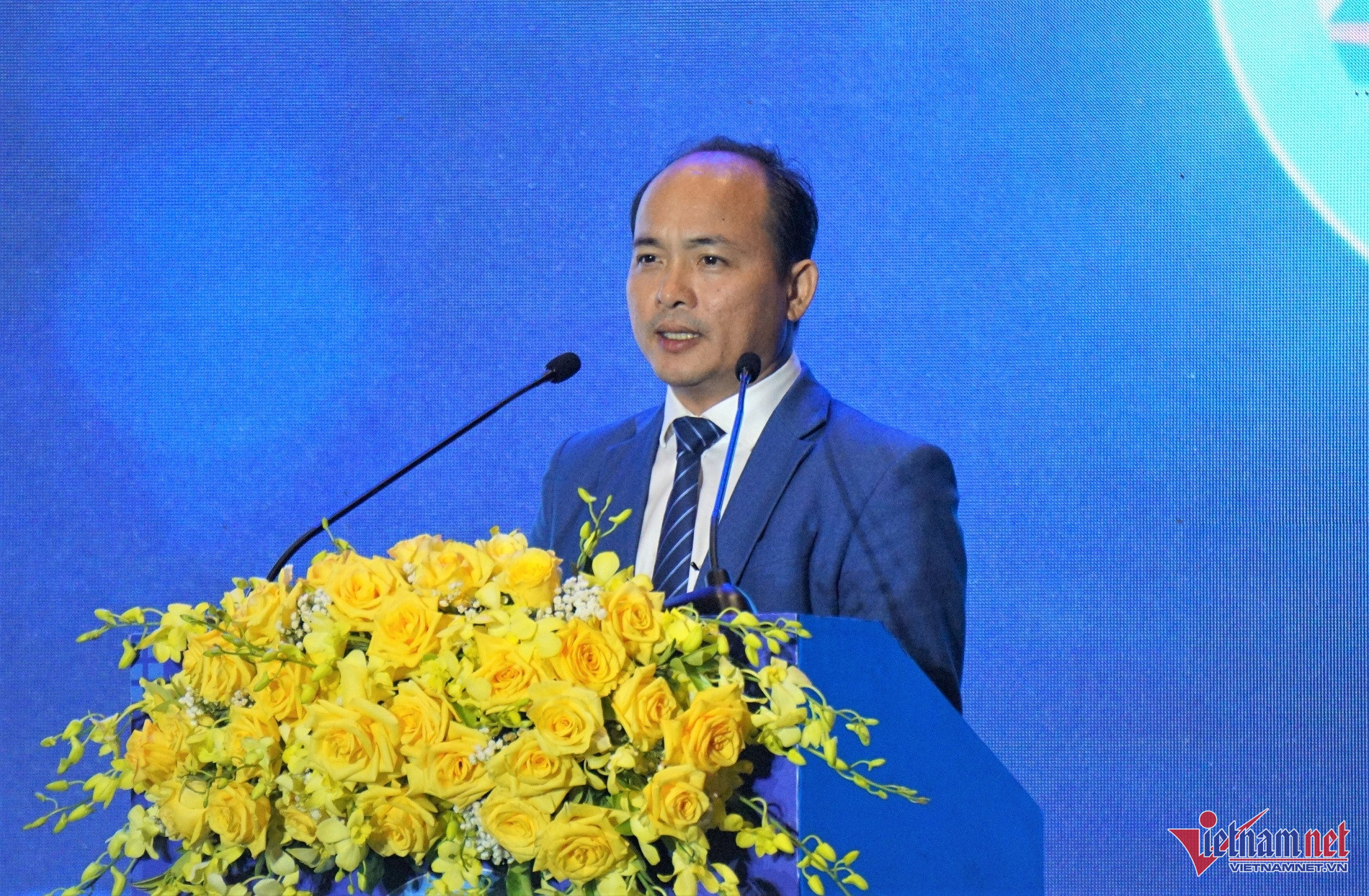
In particular, the quality of input for the microchip industry and related industries is quite good when the admission score is very high. In the Central region, there are 3 schools recruiting semiconductor microchips, in which the standard score is 24-27 points, many related industries have equivalent scores.
“I believe that with Da Nang’s policies, when Resolution 136 is put into effect, the target number for the semiconductor industry will not stop there. With the current approach, we will achieve the goal that by 2030, Da Nang can have 5,000-6,000 microchip design engineers,” said Mr. Phap.
According to Associate Professor Dr. Huynh Cong Phap, the problem is that excellent students who win high prizes in major competitions and receive scholarships often go to developed countries to acquire knowledge, then get used to the environment there and find it very difficult to return.
Therefore, Da Nang needs to have a policy to retain “talented people” and strengthen cooperation between schools and businesses. Businesses need to proactively participate in training, not wait until students graduate to look for jobs. Businesses can come to universities to teach foreign languages, corporate culture, and technology for students to practice. The city also needs to have policies to support schools to bring foreign lecturers to train students.
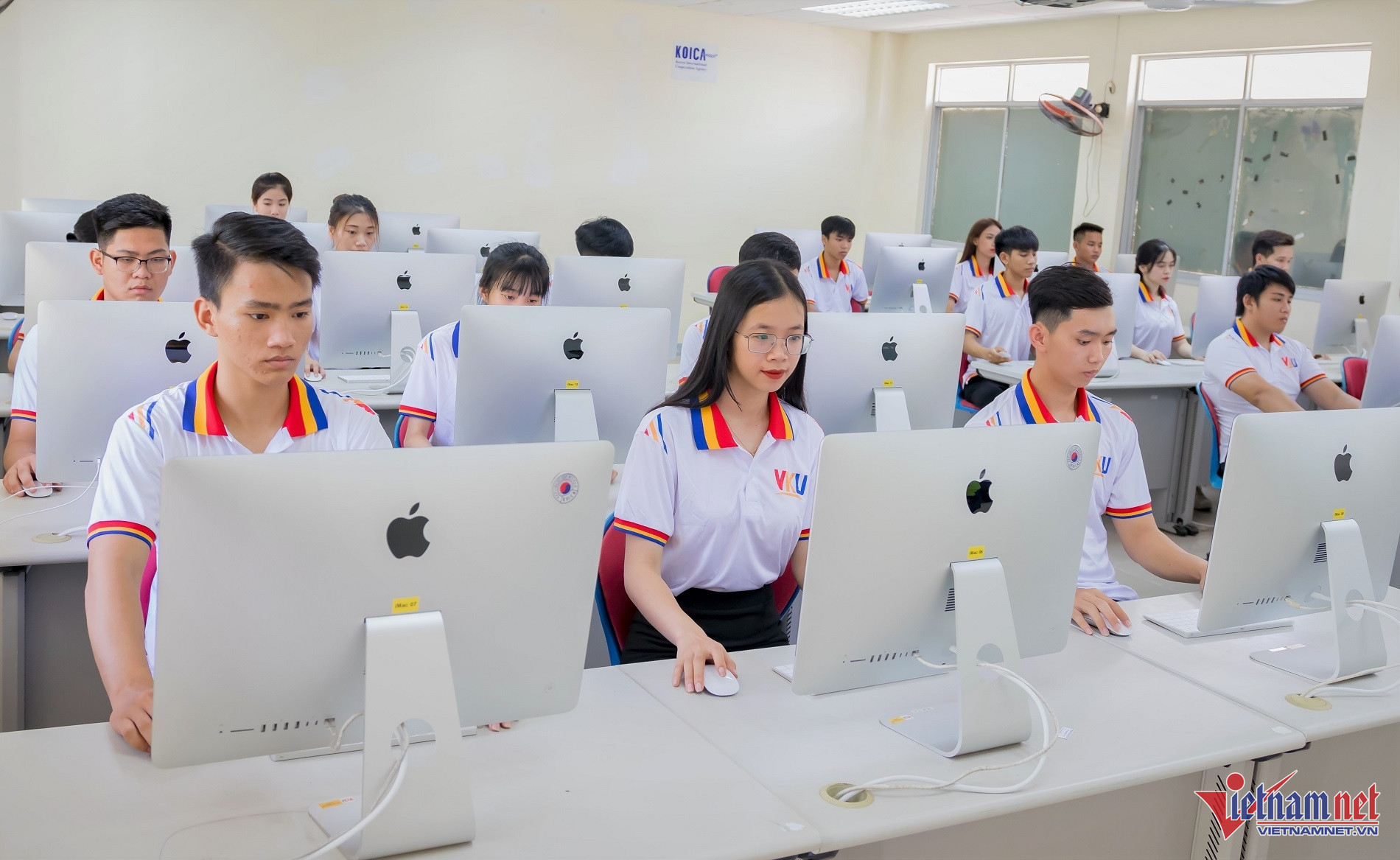
Meanwhile, Mr. Vu Van Viet, Director of Development Department of Infineon Technologies Vietnam, said that European and German companies... highly value the balance of the team, they will not feel secure when having only a young team.
Therefore, to develop semiconductor human resources in Vietnam, according to him, in addition to policies supporting training at universities, it is necessary to have support policies from the State for experienced people, domestic and foreign experts to come to Da Nang to build the initial core team so that foreign enterprises can feel secure in investing.
Director of the Department of Information and Communications Nguyen Quang Thanh said that according to statistics, Da Nang has about 10 microchip design enterprises with about 550 engineers, accounting for 10% of Vietnam's microchip and semiconductor human resources.
In recent times, the city has taken many important steps to support the development of human resources in the semiconductor industry, such as establishing an alliance of universities training in semiconductors combined with artificial intelligence; organizing the first source lecturer training class on microchip design; training class to convert students majoring in a related field to chip design; and recruiting new microchip design engineers in 2024.
Mr. Thanh added that the connection between the three parties: the State, schools, and businesses will be the foundation to ensure the training of semiconductor human resources to meet the needs of businesses, creating leverage for Da Nang to participate deeply in the global production network and supply chain.
At the conference, a memorandum of understanding was signed between the Center for Research and Training in Microchip Design and Artificial Intelligence of Da Nang (Department of Information and Communications) on coordination and support in research, training and fostering activities in the field of semiconductor microchips and artificial intelligence with 6 universities in the area. The conference also witnessed the awarding of a contract to implement semiconductor packaging and testing training between Dong A University and Minh Tan University of Science and Technology (Taiwan, China); the awarding of a memorandum of understanding on cooperation in training and supplying human resources in the field of semiconductor microchips between enterprises and universities; and the awarding of a memorandum of understanding on the content of cooperation in personnel recruitment. |
Source: https://vietnamnet.vn/chi-tieu-tuyen-sinh-ky-su-vi-mach-ban-dan-tang-gap-10-lan-sau-1-nam-2317228.html


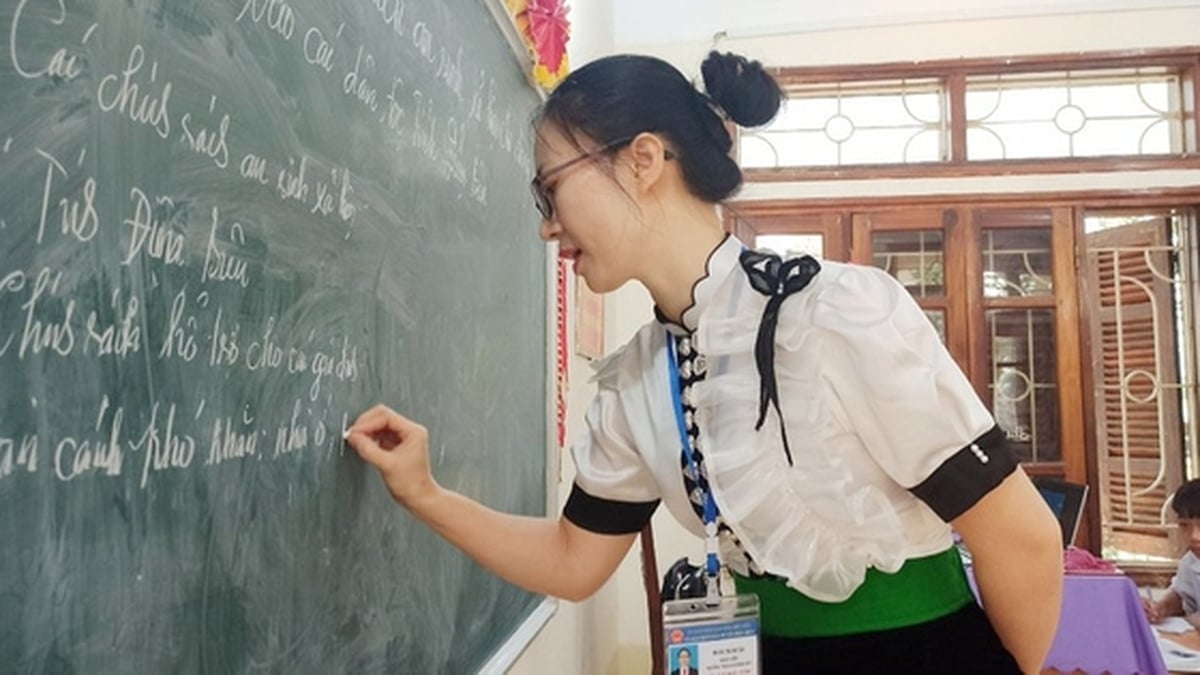



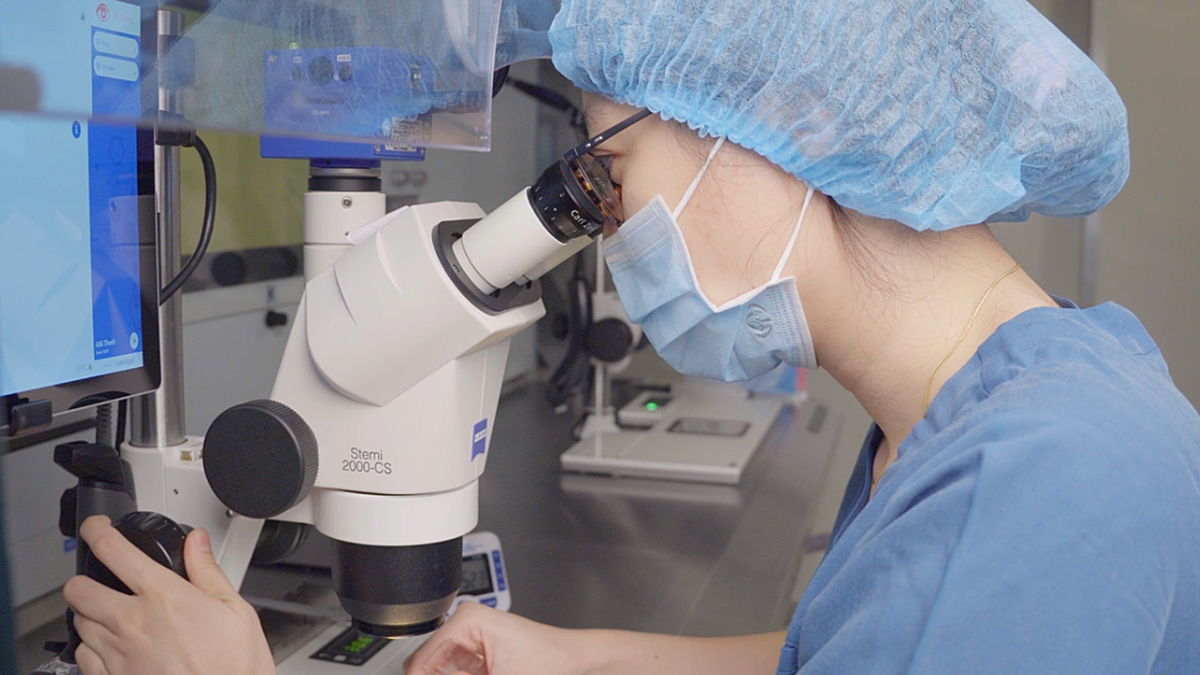


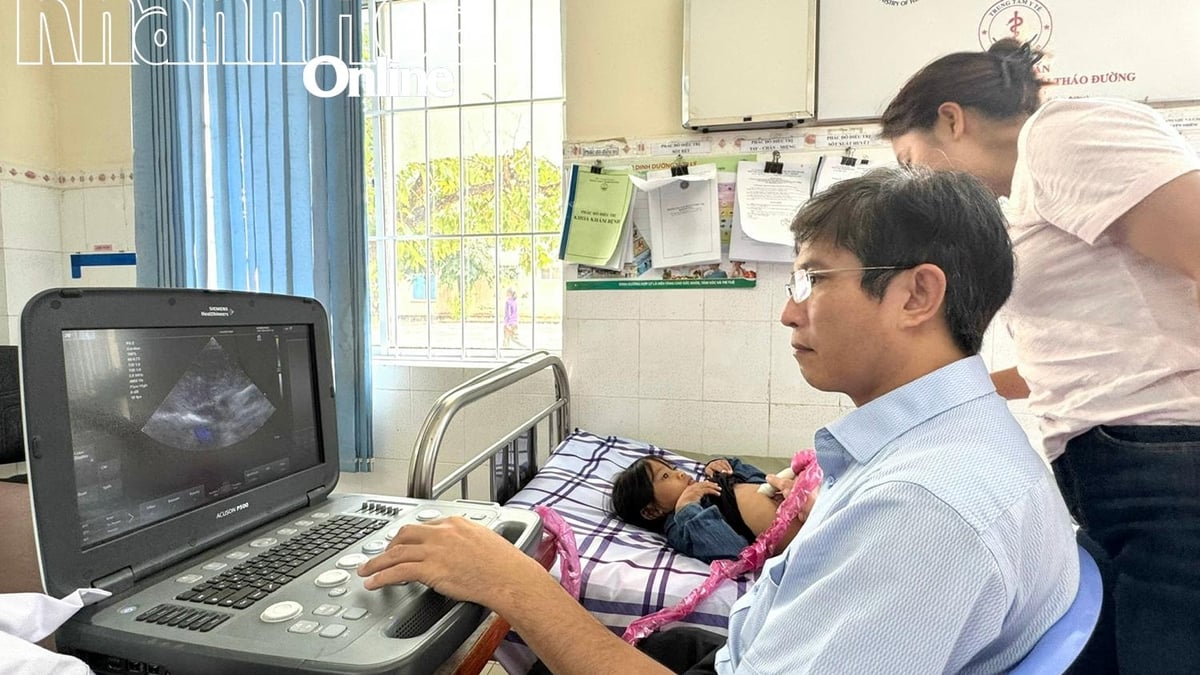
















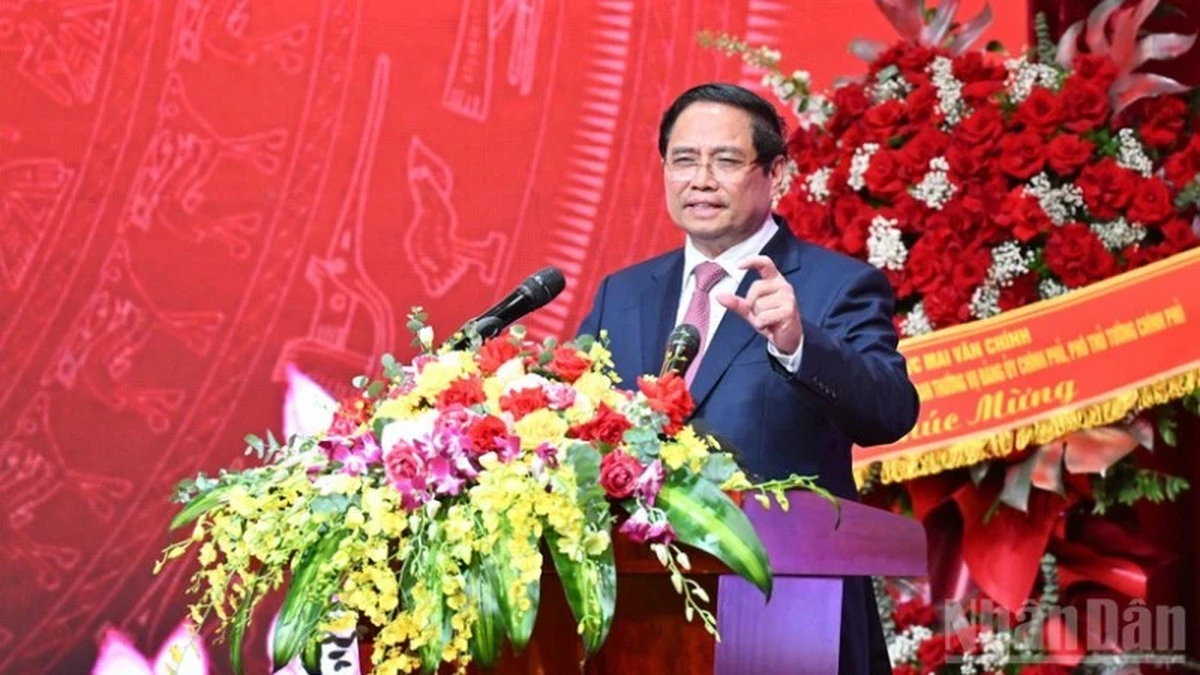








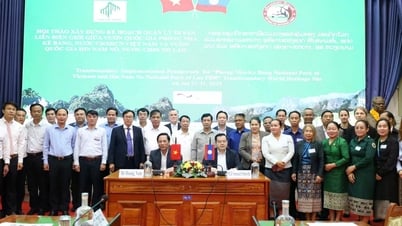









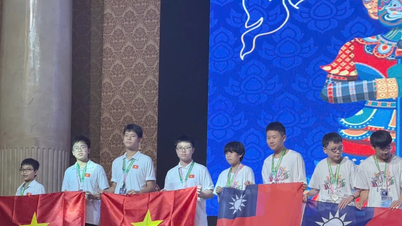









![[Maritime News] Container shipping faces overcapacity that will last until 2028](https://vphoto.vietnam.vn/thumb/402x226/vietnam/resource/IMAGE/2025/7/30/6d35cbc6b0f643fd97f8aa2e9bc87aea)








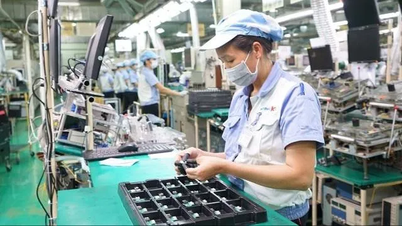





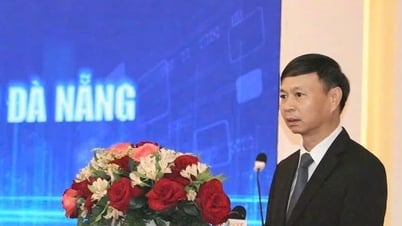



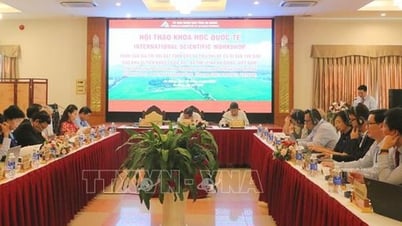



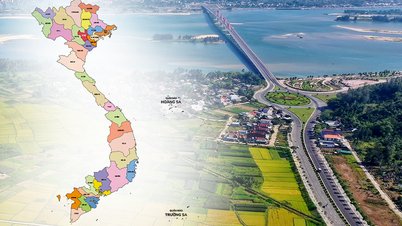


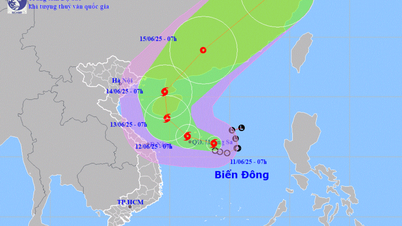



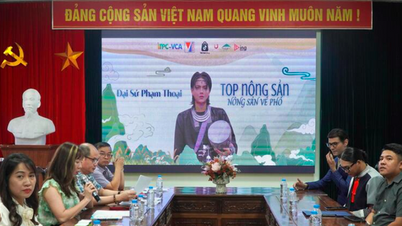



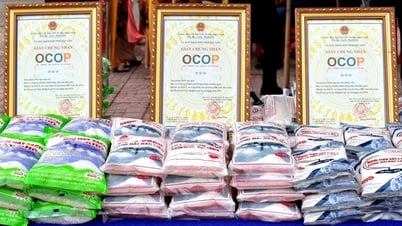
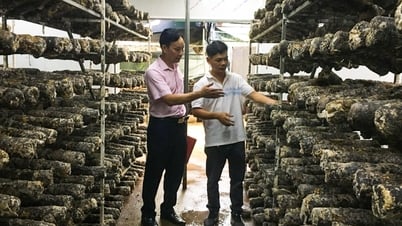










Comment (0)